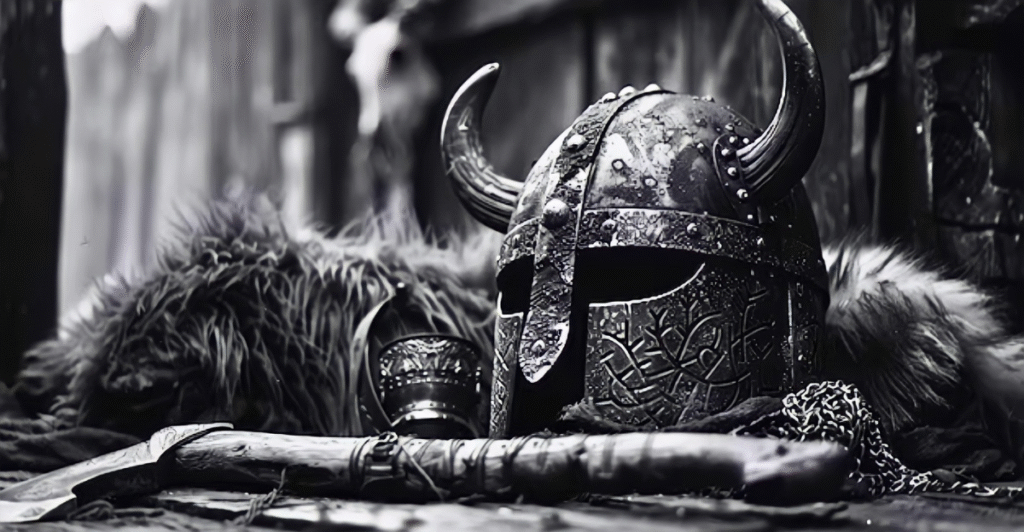
The Viking Age (c. 793–1066 AD) provided us with some of the most feared and fascinating figures in world history—half myth, half metal. They were not just berserkers brandishing axes; they were tacticians, adventurers, monarchs, and even proto-globalists.
From the notoriously enigmatic Ivar the Boneless to lesser-known but equally clever Ragnvald of Ed, this list of illustrious Vikings revisits what “legendary” truly means. Outside Hollywood tropes—many of these men helped shape the medieval landscape with cunning, charisma, and calculated brutality.
Let’s meet eight legendary Norsemen whose legacies are foretold in Viking sagas and who continue to confound historians and fascinate modern minds alike.
1. Ragnar Lothbrok – The Archetype of Norse Legend
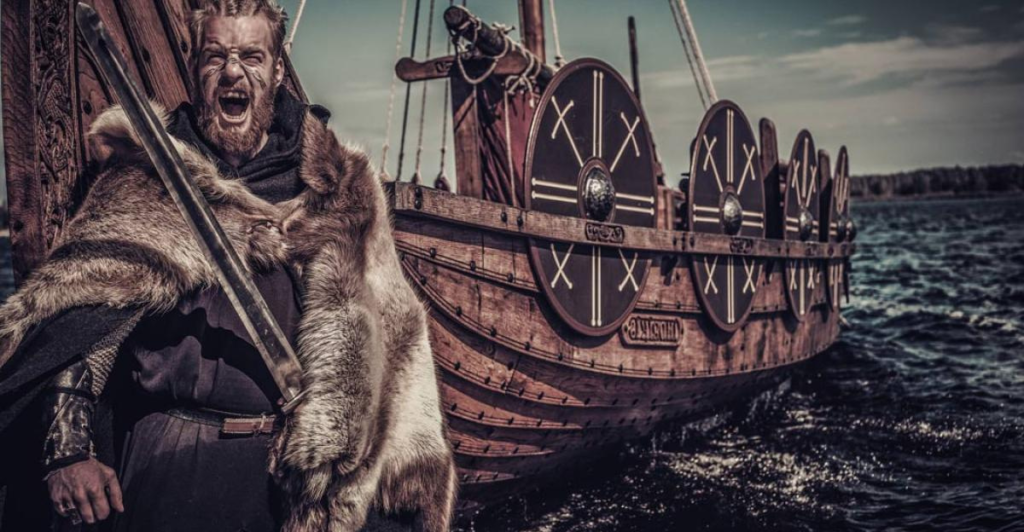
More myth than man, Ragnar Lothbrok is the stuff of true Viking legend, and his story is a sort of Scandinavian Iliad. A warrior-king known for his raids and military prowess, he is credited with the siege of Paris (845 AD). While Ragnor’s existence is something of a debate, he was nonetheless considered a powerful and fearsome Viking warrior. His purported murder in a pit of snakes—courtesy of King Ælla of Northumbria—sounds Shakespearean, but his legend significantly contributed to the Norse identity we know today.
2. Ivar the Boneless – The Enigmatic Architect of Terror
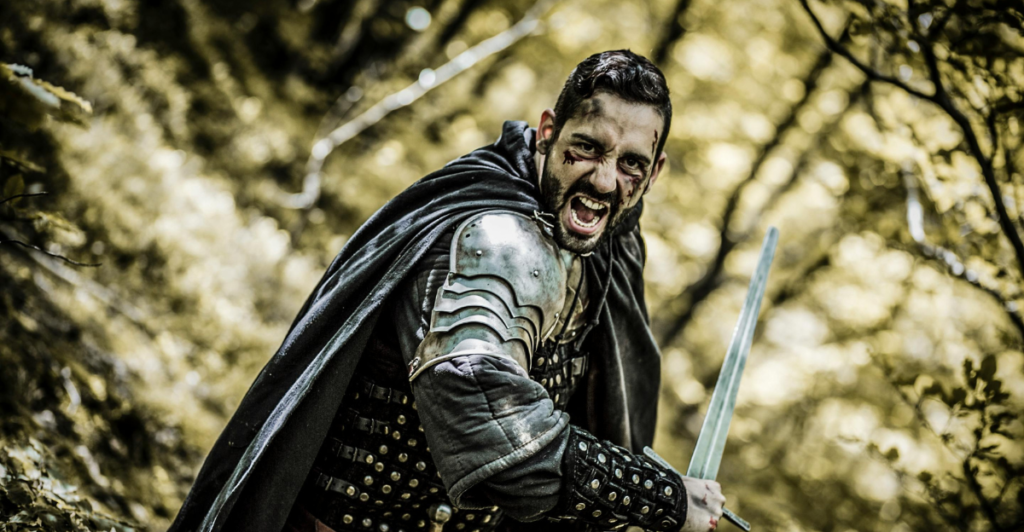
Ivar the Boneless is believed to be Ragnar Lothbrok’s son, and he experienced the dark genius of Viking raids. His own nickname is believed to refer to a hereditary skeletal condition, such as brittle bone disease, or an inability to walk. Despite this, Ivar raided Anglo-Saxon England in 865 AD, conquered York, and murdered King Ælla to avenge his father’s death. Ivar is believed to have been calculating, deliberate, and intimidating, using psychological warfare over brute force.
3. Eric Bloodaxe – The Warrior King Who Couldn’t Be Tamed

Eric Bloodaxe, Harald Fairhair’s son, is a Viking legend known for his ruthlessness, greed, and unrelenting slaughter. He was King of Norway and later King of Northumbria and raided coasts from Denmark, Friesland, and Saxland to Scotland and the Irish Sea. Viking sagas reveal that Erik was a brutal leader who was eventually cast out of Norway in favor of his half-brother. Fleeing to England, he eventually became sub-king of Northumbria. His legend exemplifies the transitional chaos between pagan and Christian rule in Scandinavia and Anglo-Saxon England.
4. Freydís Eiríksdóttir – The Viking Who Dared Beyond the Edge
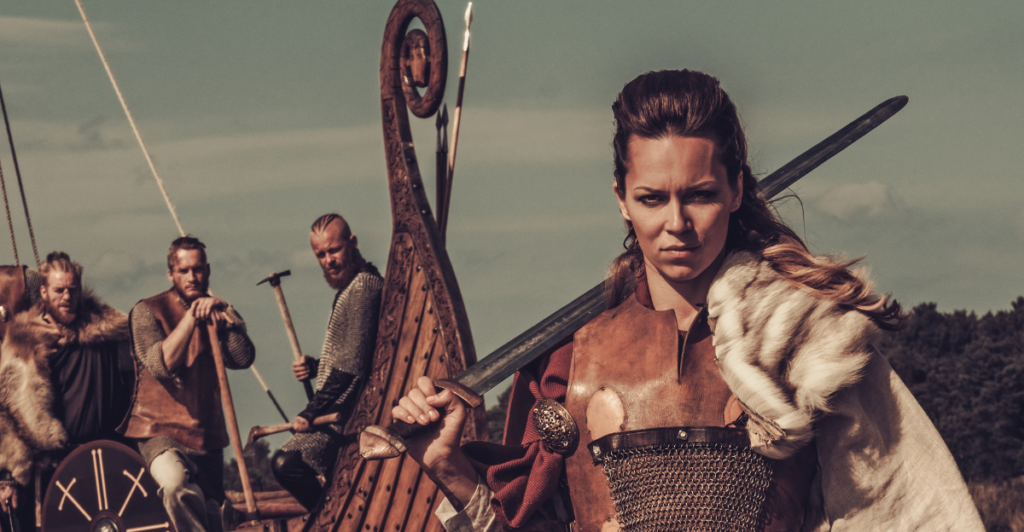
The daughter of Erik the Red, Freydís Eiríksdóttir’s tale is decidedly more brutal than her more infamous brother, Leif Erikson. According to Vinland Sagas, she sailed to Vinland (North America) c. 1000 AD and single-handedly repelled native warriors when pregnant—allegedly using a hacked-up sword and bare breasts to scare enemies. Dubious? Perhaps. However, her story confronts the assumption that Viking exploration was a man’s world and describes how powerful Viking women shaped destinies.
5. Harald Hardrada – The Last Great Viking King

Harald Hardrada was a warrior in the Byzantine Varangian Guard, amassed a fortune, and returned to Norway to usurp the throne. Brutal and militaristic, he is considered the last Viking King, having taken the Norwegian throne in 1046. He was allegedly killed by an arrow to the throat in the Battle of Stamford Bridge (1066) when he perished attempting to subjugate England.
6. Erik the Red – The Exiled Founder of Greenland

Erik the Red was expelled from Iceland for manslaughter when he founded Greenland in about 985 AD. Erik’s charisma and brutality came in handy when establishing a colony in one of the world’s most challenging environments. He also fathered Leif Erikson, continuing the family tradition of transatlantic energy. Erik’s tale is a Viking morality story—where revenge spawns exile, exile spawns discovery, and discovery spawns legend.
7. Bjorn Ironside – Raider of Empires, Not Villages
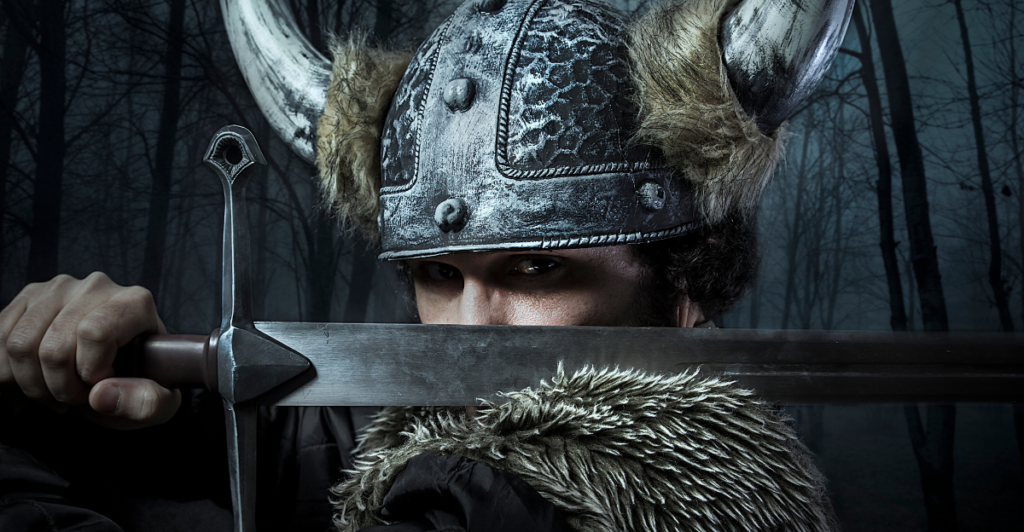
Bjorn Ironside, Ragnar Lothbrok’s eldest son, continued his father’s explorations, raiding areas such as England, Normandy, France, and Lombardy. Eventually, he led Viking expansion into the Mediterranean—a shocking deviation from Norse tradition. He plundered Italy and took Luna by faking his death to gain access to the city center and let the rest of his party in, capturing it by force. Bjorn turned raiding into global war, showing that Norsemen were not coastal marauders themselves but international players looking for an empire.
8. Ragnvald of Ed – The Shadow Kingmaker
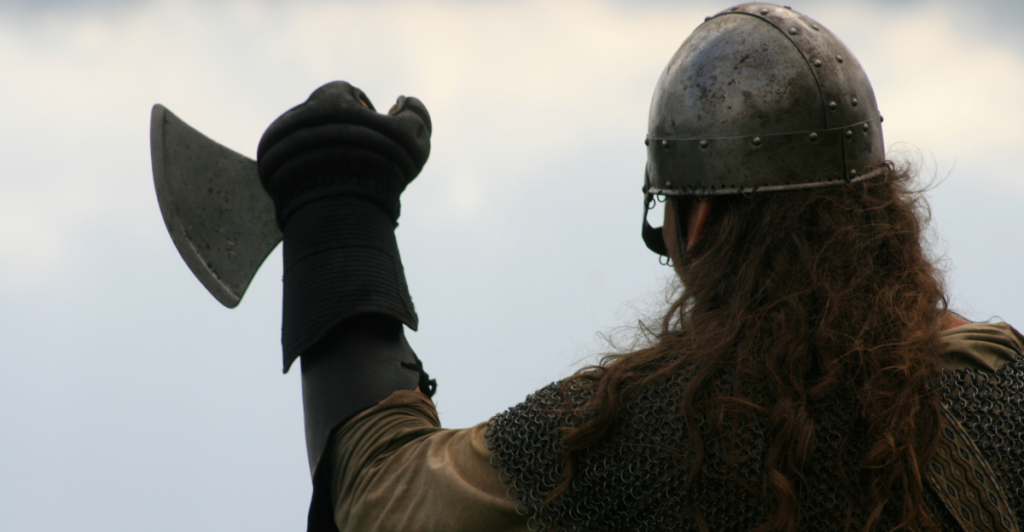
Ragnvald of Ed is not nearly as well-known as other Vikings, but he was instrumental in building Scandinavian power centers. As jarl of Ed and a notable member of the Uppsala dynasty, he was a supporter of King Olaf II (afterwards Saint Olaf). As a political insider, he helped unite Norway under a Christian monarchy. His shadowy influence as a kingmaker reveals a greater reality: the most powerful Vikings were not necessarily fighters, but politicians.
Vikings Beyond the Axe

These eight legends cement Vikings as colonizers, strategists, politicians, explorers, and master storytellers. From the shady strategist Ragnvald of Ed to the bloody prophet Ivar the Boneless, their lives belie a civilization no more one-dimensional than any of the medieval era. They built empires with war, crossed cold seas, and even mastered politics. Viking legends pose a fascinating paradox: they desecrated lands and rebuilt them, they were pagans who negotiated with kings, and heathens who wrote down their sagas.






